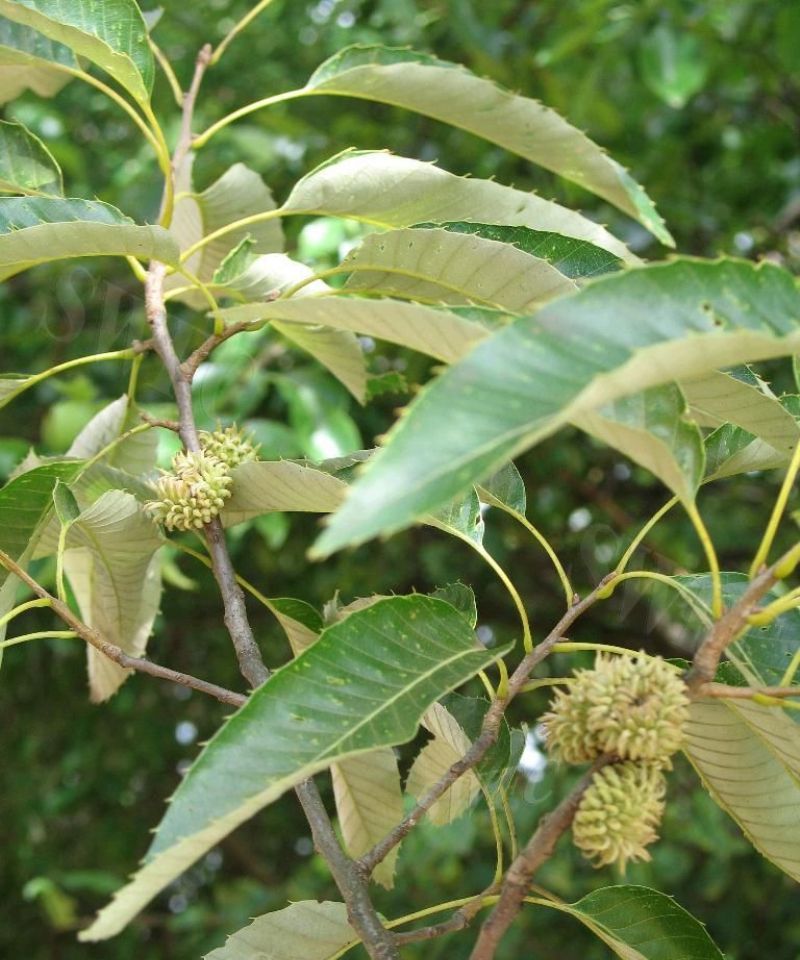Quercus Suber seed

Quercus suber (Cork Oak) Overview
Description and Habitat
Quercus suber, commonly known as the cork oak, is a species of oak native to the Mediterranean region, particularly found in countries like Portugal, Spain, Italy, and parts of North Africa. This evergreen tree is distinguished by its thick, spongy bark, which is harvested for cork production. The cork oak is a medium-sized tree that typically grows between 10 to 20 meters tall, with a broad crown and a rounded, sturdy shape. It has dark green, leathery leaves with smooth edges, and its acorns are small, oval-shaped, and crucial for local wildlife. Cork oak trees thrive in well-drained soils and are adapted to dry, hot climates, making them well-suited for Mediterranean environmentsical Importance
The cork oak is an integral part of Mediterranean forests, providing shelter and food for numerous species of birds, insects, and mammals. The acorns of Quercus suber are an important food source for wild boars, squirrels, and birds, while the tree’s dense foliage offers shade and habitat for various organisms. Cork oak forests, known as montados in Portugal and dehesas in Spain, are also home to a variety of plant species that thrive in this diverse ecosystem. The tree is particularly valuable for preventing soil erosion, as its deep root system stabilizes the ground, making it an essential species in maintaining soil integrity in mountainous or dry regions【137†sourceural Uses
- Cork Production: The most well-known and economically significant use of Quercus suber is in the production of cork. The tree’s bark, which can be harvested every 9 to 12 years without damaging the tree, is processed into cork products. The cork industry is a significant economic driver in the Mediterranean region, with cork being used in a wide range of products, from wine stoppers to flooring, insulation, and even fashion items like bags and shoes. The sustainability of cork harvesting, as it does not harm the tree and allows it to continue growing, makes it a renewable resource .
- Timber and Wo: Although the primary use of the cork oak is for its bark, its wood is also utilized in some regions for various purposes. The wood is hard and durable, often used in furniture, construction, and other woodworking projects. However, the tree is mainly valued for its bark rather than its timber.
- Environmental Impact: Cork oak forests play a critical role in carbon sequestration. As trees grow and mature, they absorb significant amounts of carbon dioxide, helping to mitigate climate change. Additionally, cork oak forests are a vital part of the Mediterranean landscape, preventing desertification and providing a buffer against the adverse effects of climate change【137†source】.
- Medicinal Useitional medicine, cork oak bark has been used for its purported healing properties. It is believed to have anti-inflammatory and antiseptic effects, and the bark has been used in various herbal remedies to treat digestive issues, wounds, and inflammation. Though scientific evidence on the medicinal uses of cork oak is limited, it has a long history of use in folk medicine【137†source】.
- Ornamental Usk oak is sometimes planted as an ornamental tree in gardens and parks, particularly in areas with Mediterranean climates. Its unique appearance, with thick, textured bark, makes it an attractive and distinctive addition to landscapes. Its evergreen nature provides year-round greenery, and its acorns can add to the visual appeal of natural gardens【137†source】.
Conclusion
Q, or cork oak, is a remarkable tree species with a broad range of uses and benefits. Its role in cork production is economically vital, providing a renewable resource that supports a significant industry in the Mediterranean region. Beyond its economic contributions, the cork oak is also ecologically important, helping to maintain biodiversity, prevent soil erosion, and mitigate climate change. Its wood and bark have historical medicinal and ornamental uses, further demonstrating the cork oak’s versatility. The sustainability of cork harvesting and the tree’s ability to regenerate make it a valuable asset for both local ecosystems and economies.
